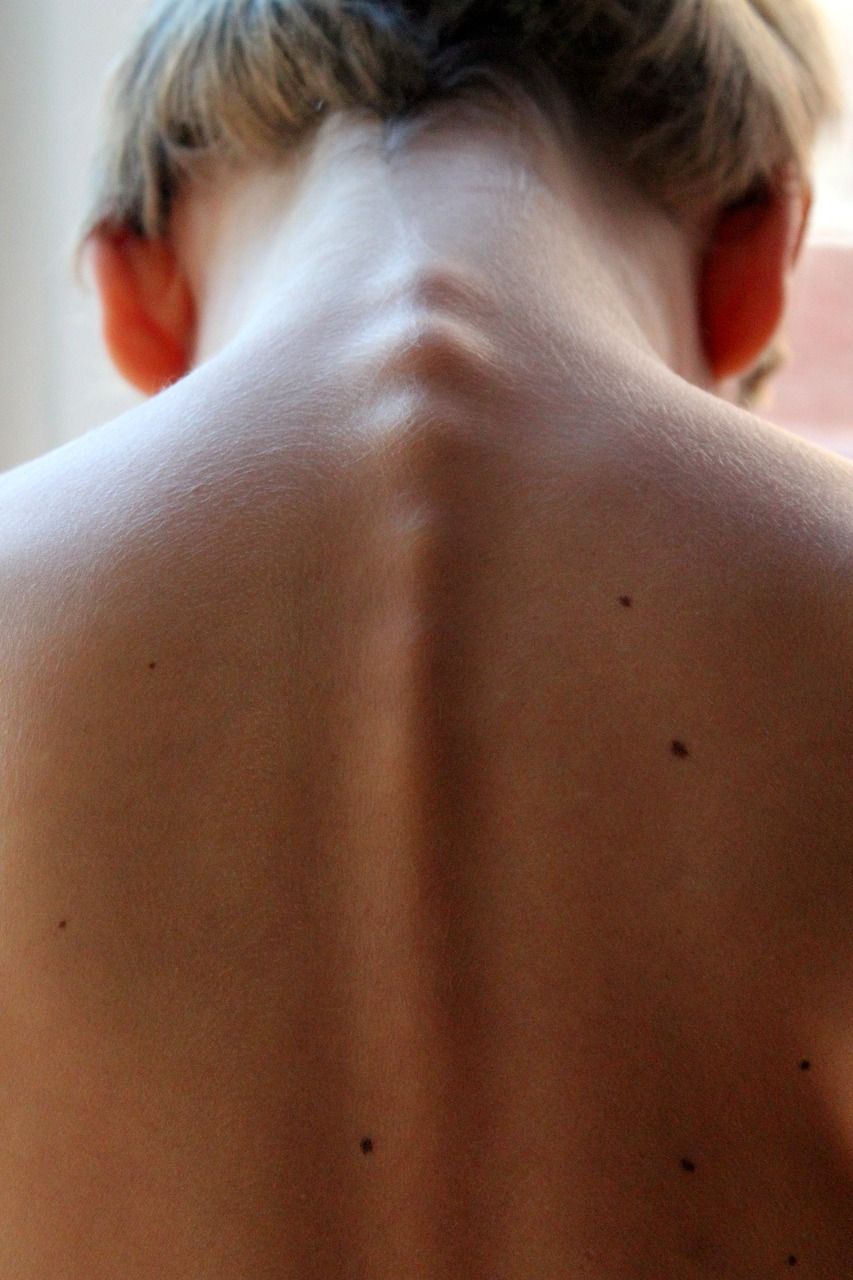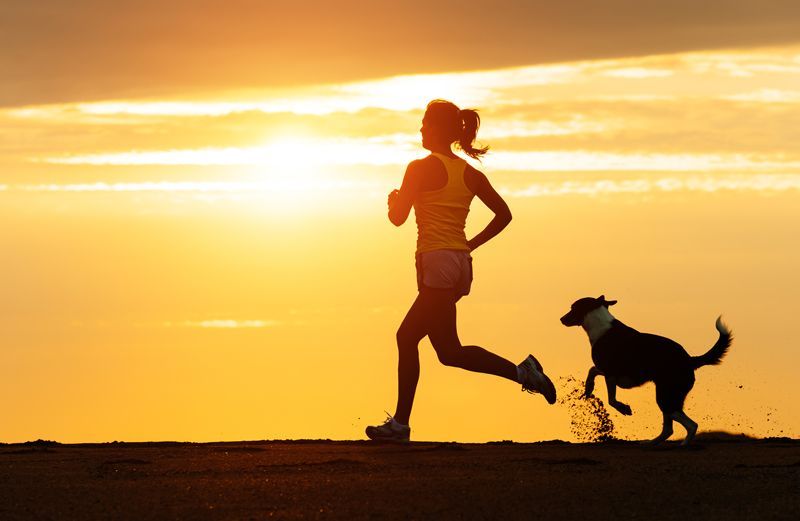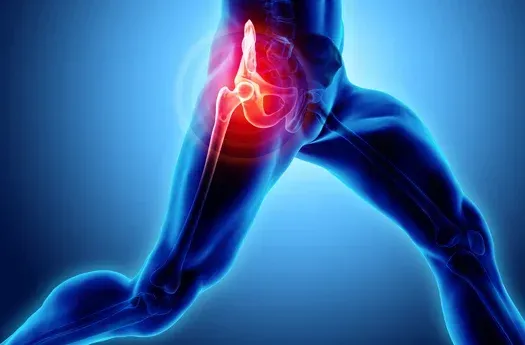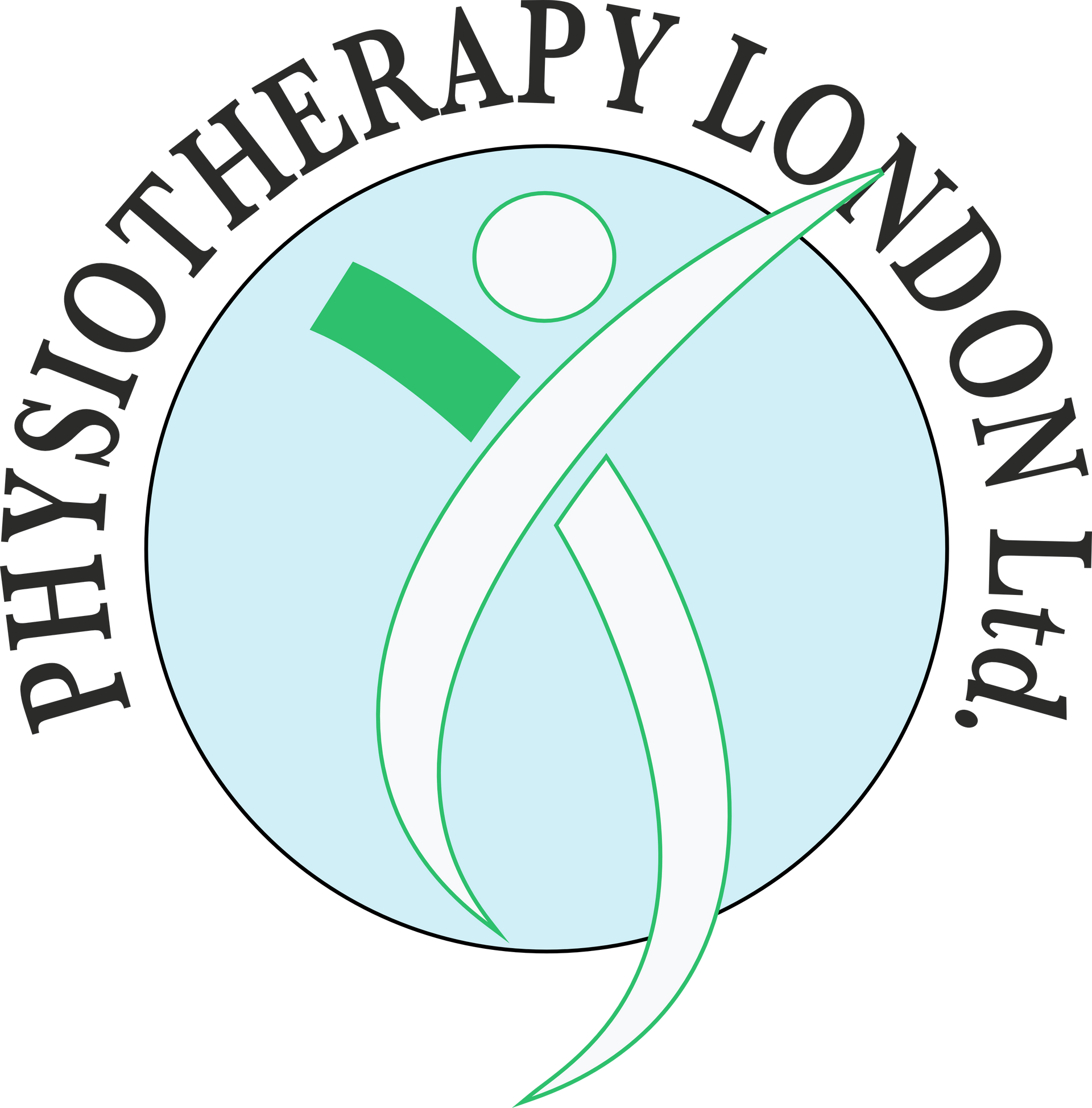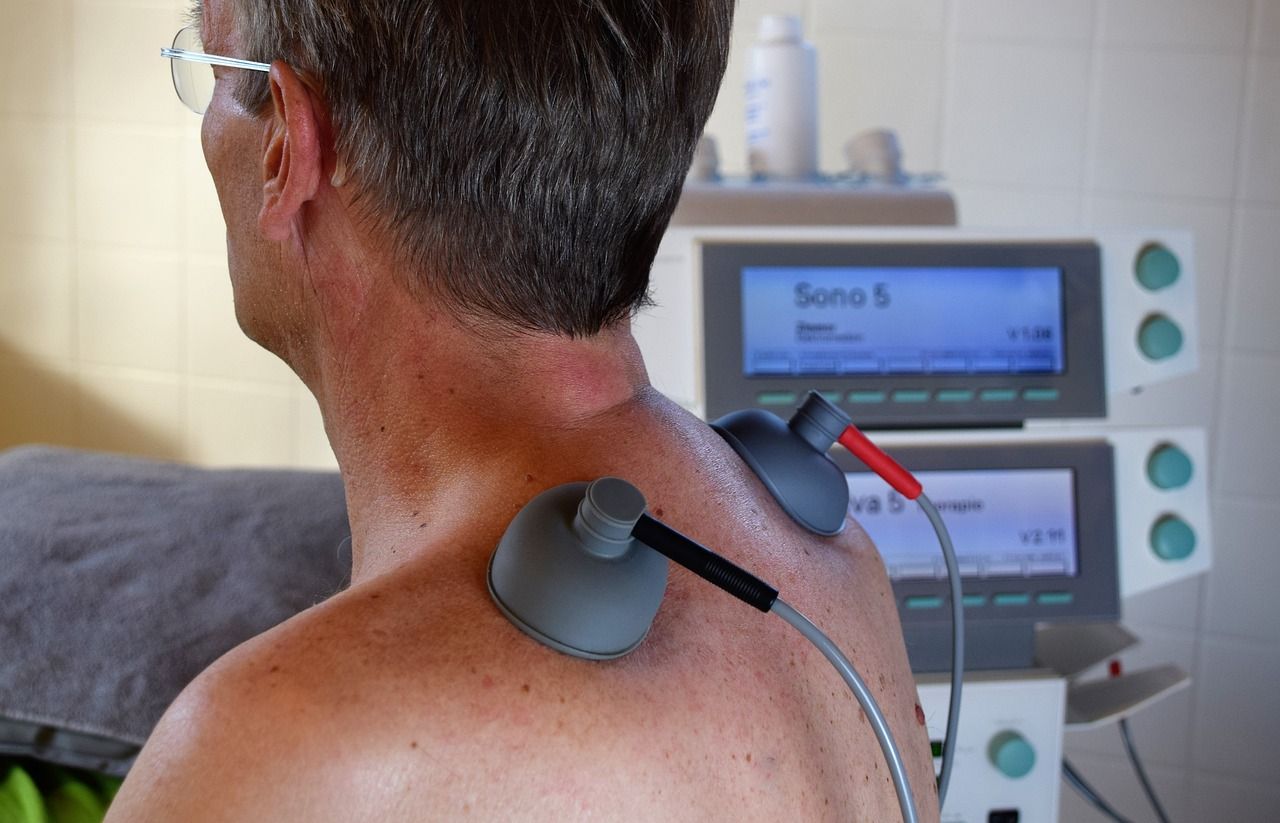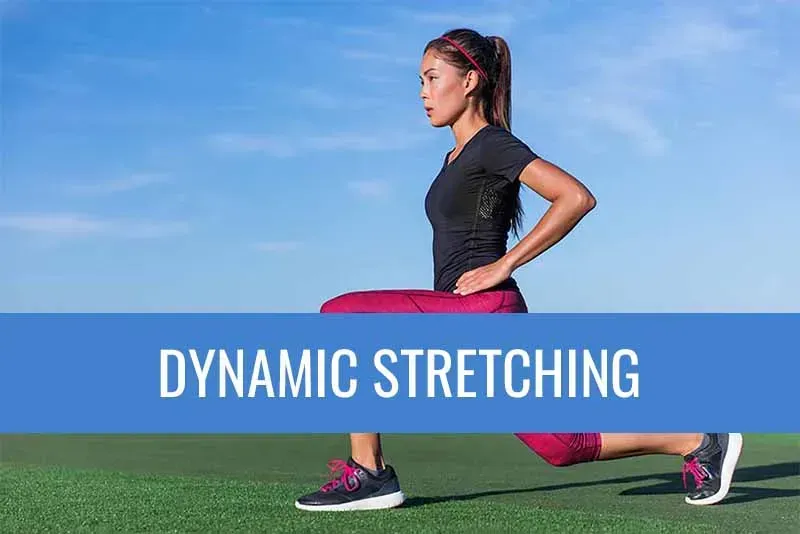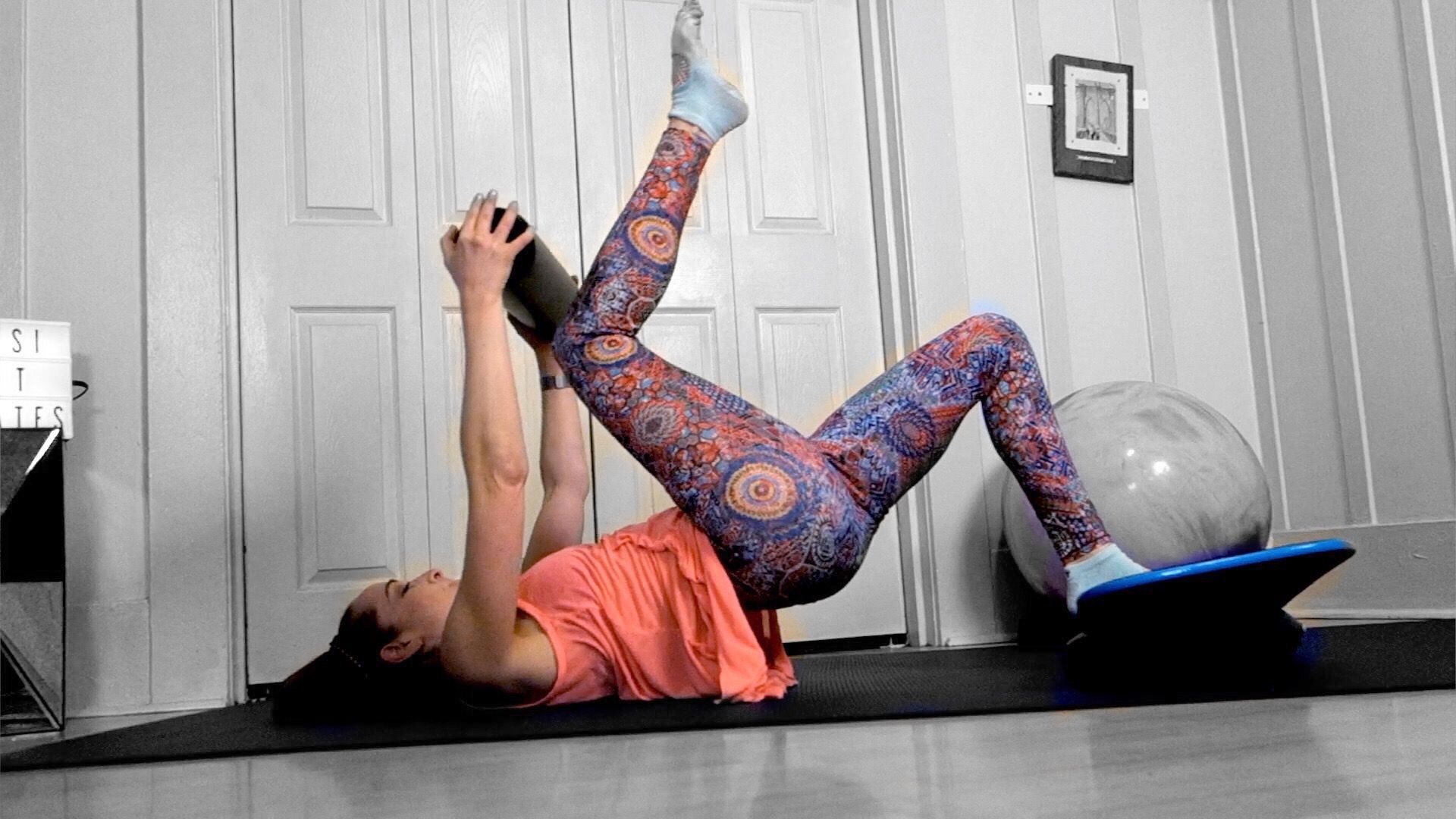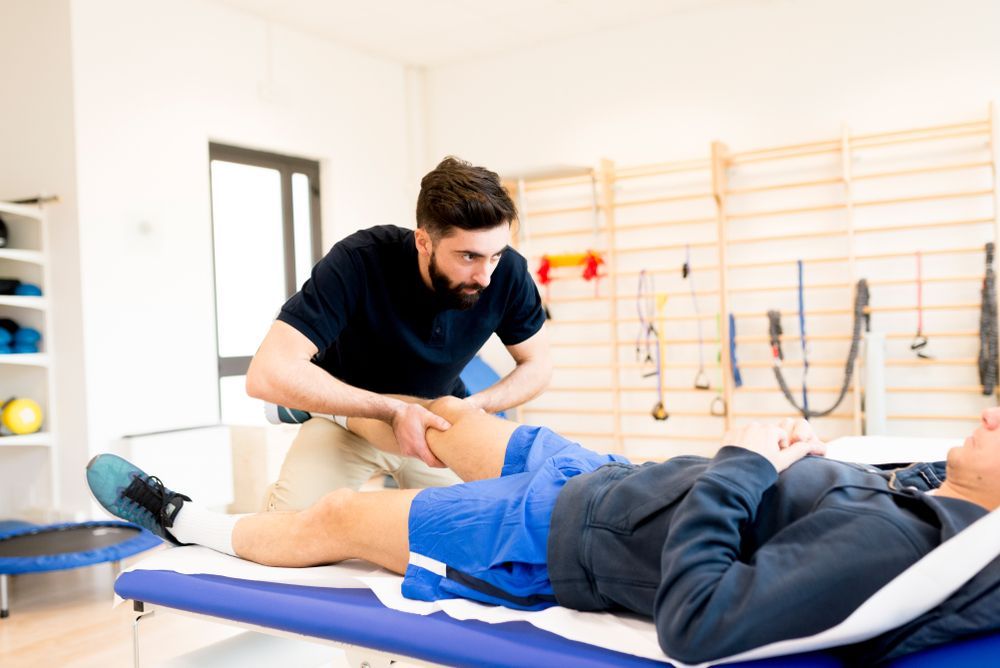Sports Injuries and Rehab
- By Roza Ferenczi
- •
- 07 Feb, 2018
- •

activities. Anyone who has watched an FA Cup final has seen the elite athleticism—and its potential for injuries.
Our job at Physio-Medicine is to help prevent, evaluate and treat conditions ranging from soft tissue sprains and
strains to dislocations.
If we are talking about a simple injury, your coach or training friends might have some good advice on how to
quickly help the injury to heal. Depending on the nature of the injury, treatments such as massage, heat, ice, hot
springs, stretching are often recommended to heal and prevent injuries that could later hinder the training.
If you are facing a serious injury, where you are forced to stop the activity, we should take into account all aspects
of healing including the psychological and emotional side of the athlete, in addition to the structural nature of the
injury. For the best healing results consult (http://www.physio-medicine.co.uk/book-appointment.html) Physio-
Medicine’s physiotherapists who will do everything to make your unfortunate pause in your training significantly
shorter.
The Most Common Sports Injuries
and bones. Any movement of the human body is a complicated biomechanical process that requires the
coordination of many muscles and different parts of the body. When a muscle is weak or injured, it becomes
tight, fatigued, inflamed, undernourished, or hypoxic. This injured muscle will disturb the normally synchronous
and harmonious coordination between it and other muscles and the result will be pain or injury. This is why it is
important not to leave any injury untreated.
Regardless of the specific structure affected, sports injuries can generally be classified in one of two ways: acute
or chronic. Acute injuries, such as a sprained ankle, strained back, or fractured hand, occur suddenly during
activity. Signs of an acute injury include sudden, severe pain, swelling, inability to place weight on a lower limb,
extreme tenderness in an upper limb, inability to move a joint through its full range of motion, visible dislocation
or break of a bone.
Chronic injuries can be also called overuse injuries. Like the name suggests, it is usually a result from overusing
one area of the body while playing a sport or exercising over a long period. Chronic injuries develop slowly and
last a long time. Their symptoms are mild compared to acute injuries and the pain they cause are also little. This
causes the patient to ignore the injury and carry on with their activities. Over time, it will build up and cause more
problems. Some common symptoms of chronic injuries include experiencing pain whenever you engage in
sporting activities, swelling after each game and constant aching when you are not doing anything.
Rehabilitation
acute pain symptoms are neglected, the acute pain may become chronic and lead to changes in the histological
structure of the tissues. The chronic problem will eventually permanently deprive the soft tissues of their
functional ability. Similarly, if a group of injured muscles are left untreated, it can result in a stress fracture of the
bone. Acupuncture can accelerate the healing of injured muscles and soft tissues, thus preventing the injury from
spreading further.
When sports accidents cause severe injuries that affect the bones, orthopaedic specialists should be consulted
immediately. In these cases, acupuncture can still be used to promote rehabilitation and quicken recovery after
surgery.
Some people recovering from a long-term injury may benefit from physiotherapy. The treatment
(http://www.physio-medicine.co.uk/physio-therapy-in-ec4.html) itself can involve techniques such as massage,
manipulation and exercises to improve the range of motion, strengthen the surrounding muscles, and restore the
normal function of the injured area.
Generally, early mobilization—getting the part moving as soon as possible—starts with gentle range-of-motion
exercises and then moves on to stretching and strengthening exercise when you can without increasing pain.
Once your range of motion is fairly good, you can start doing gentle stretching and strengthening exercises.
When you are ready, weights may be added to your exercise routine to further strengthen the injured area. The
key is to avoid movement that causes pain.
As damaged tissue heals, scar tissue forms, which shrinks and brings torn or separated tissues back together. As
a result, the injury site becomes tight or stiff, and damaged tissues are at risk of reinjury. That’s why stretching
and strengthening exercises are so important. You should continue to stretch the muscles daily and as the first
part of your warm-up before exercising.
When planning your rehabilitation program with Physio-Medicine’s health care professional, remember that
progression is the key principle. Start with just a few exercises, do them often, and then gradually increase how
much you do. A complete rehabilitation program should include exercises for flexibility, endurance, and strength;
instruction in balance and proper body mechanics related to the sport; and a planned return to full participation.
Throughout the rehabilitation process, avoid painful activities and concentrate on those exercises that will
improve function in the injured part. Do not resume your sport until you are sure you can stretch the injured
tissues without any pain, swelling, or restricted movement, and monitor any other symptoms. When you do return
to your sport, start slowly and gradually build up to full participation.
Once again: a key part of rehabilitation from sports injuries is a graduated exercise program designed to return
the injured body part to a normal level of function. Do not hesitate, book your appointment (http://www.physiomedicine.
co.uk/book-appointment.html) today!

